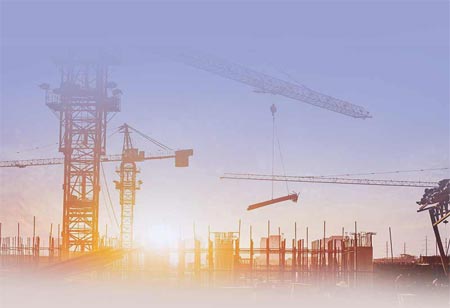Thank you for Subscribing to Construction Business Review Weekly Brief
Specials
- Apartment and Condominium Contractors Canada
- Decking Canada
- Architectural Glass Europe
- MEP APAC
- Construction Saudi Arabia
- German Apartment and Condominium Contractors
- Construction Law APAC
- Outdoor Construction
- Foundation Construction Canada
- MEP Canada
- Kitchen and Bath
- Cold Storage Construction APAC
- Precast Concrete Europe
- Construction Staffing Europe
- Pre-Construction Services
- Flooring System APAC
- Scaffolding Canada
- Swimming Pool Construction Canada
- Construction Management Canada
- Cold Storage Construction Canada
- Flooring Systems Europe
- Residential Construction
- Concrete Canada
- Construction Cladding Europe
- Construction Cladding APAC
- Concretes, Aggregates and Construction Materials APAC
- Concretes, Aggregates and Construction Materials Europe
- Commercial Contractors Europe
- Commercial Contractors APAC
- Dummy
- Construction Insulation, Coating and Waterproofing
- Construction Management APAC
- Landscaping Canada
- Construction Coating Europe
- Construction Tech Startups Europe
- Insulation Services Europe
- Mechanical Contractor Canada
- Mould Remediation and Testing Europe
- Swimming Pool Construction APAC
- Building Sealing Solutions Europe
- Construction Engineering Services
- Mechanical Electrical and Plumbing
- Roofing Systems Europe
- Architectural Glass APAC
- Startups APAC
- Construction Forensic and Owners Representative
- Flooring System
- Waterproofing APAC
- Wall Systems
- Safety and Compliance Europe
- Construction Bidding and Auctions
- Modular and Prefab Construction
- Architectural Glass
- Construction MENA
- Construction Demolition and Recycling Europe
- Modular Construction Europe
- Construction Interiors
- Steel Building APAC
- HVAC
- Doors and windows
- Construction Latam
- Building Information Modeling APAC
- Sustainable Construction APAC
- Building Restoration and Maintenance
- Commercial Contractors
- Specialty Construction
- Construction Engineering Canada
- Construction Engineering MENA
- Modular Construction Canada
- Modular Construction APAC
- Roofing and Siding Systems
- Workforce Management and Staffing
- Roofing Systems APAC
- Construction Consulting
- Steel Building Europe
- Construction Demolition and Recycling APAC
- Safety and Compliance APAC
- Concretes, Aggregates and Construction Materials
- Construction Cladding
What's New in Construction Equipment Developments
The machines handle essential tasks while enabling operators to intervene as needed.

By
Construction Business Review | Thursday, February 20, 2025
Stay ahead of the industry with exclusive feature stories on the top companies, expert insights and the latest news delivered straight to your inbox. Subscribe today.
The machines handle essential tasks while enabling operators to intervene as needed.
Fremont, CA: The construction industry is experiencing significant technological advancements transforming construction equipment capabilities. The developments are designed to increase efficiency, improve safety, reduce environmental impact, and enhance the overall productivity of construction projects. From automation and electrification to improved data integration and sustainability, the landscape of construction equipment is evolving rapidly. Automation is revolutionizing the construction industry by reducing human intervention in the operation of heavy machinery.
Autonomous bulldozers, excavators, and trucks are equipped with GPS, sensors, and machine learning technologies to perform tasks such as grading, excavation, and material transportation without direct human control. Fully autonomous haulage trucks are used in large-scale mining operations and construction sites, enhancing productivity by operating continuously and reducing downtime. By automating repetitive tasks, construction companies can increase accuracy, reduce labor costs, and improve project timelines. Electric equipment offers cost-saving benefits.
Semi-autonomous machinery, which requires some human oversight, is gaining popularity. The hybrid approach combines the precision of automation with the flexibility of manual control, providing safer and more efficient work environments. The push for sustainability has driven the electrification of construction equipment, a significant trend in reducing the industry's environmental footprint. Despite the higher upfront costs, the reduced need for fuel and lower maintenance requirements over the equipment's lifetime can result in significant savings for construction companies.
AI-powered systems are being integrated into machinery to analyze vast amounts of data in real-time, allowing for smarter decision-making and improved efficiency. For example, AI can optimize the movement and coordination of equipment on a construction site, reducing idle time and improving resource allocation. ML algorithms can predict equipment maintenance needs based on historical performance data, preventing breakdowns and reducing downtime. This predictive maintenance capability increases the lifespan of construction equipment while minimizing costly repairs.





